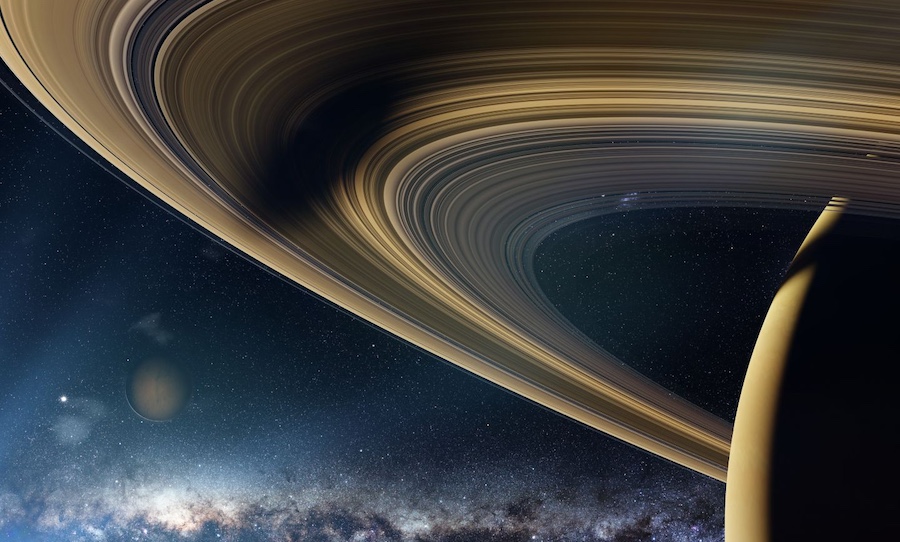New study reveals stunning overlap between myth and astronomy.
Ancient Egyptian coffin art may contain the earliest known depictions of the Milky Way’s Great Rift, according to new research.
Astrophysicist Dr. Or Graur analysed 5,000-year-old drawings of Nut, the star-studded sky goddess, finding striking similarities between the wavy black lines across her body and our galaxy’s dark dust lanes.

The study examined 555 coffin illustrations, including one belonging to priestess Nesitaudjatakhet, where Nut appears with a distinctive undulating stripe.
Graur suggests this represents the Great Rift – the dense cosmic dust that divides the Milky Way’s bright band. The alignment matches modern astrophotography with remarkable accuracy.
Nut’s celestial role went beyond mythology. Her changing positions in artwork – sometimes east-west, other times north-south – may reflect ancient Egyptians tracking the Milky Way’s seasonal shifts across the sky.
Graur proposes they called it the “Winding Waterway,” mirroring Native American cosmological concepts.
Published in the Journal of Astronomical History and Heritage, these findings reveal sophisticated astronomical knowledge in ancient Egypt.



